new organ: part 5 (and a review of the Nektar SE61 MIDI controller)
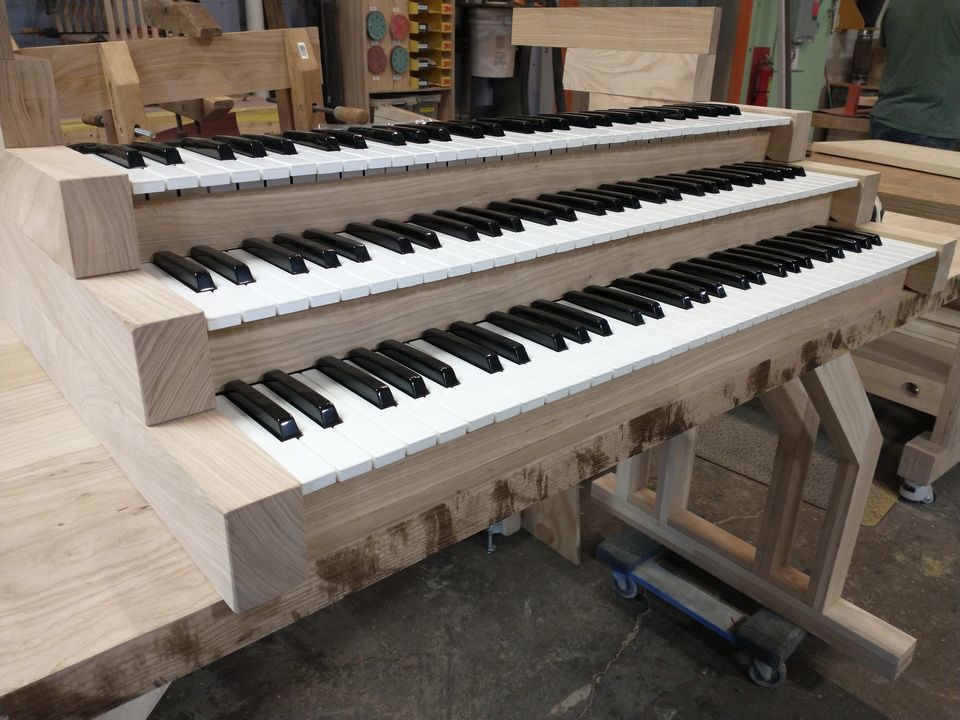
By the end of my last post, I really just had a fancy table.
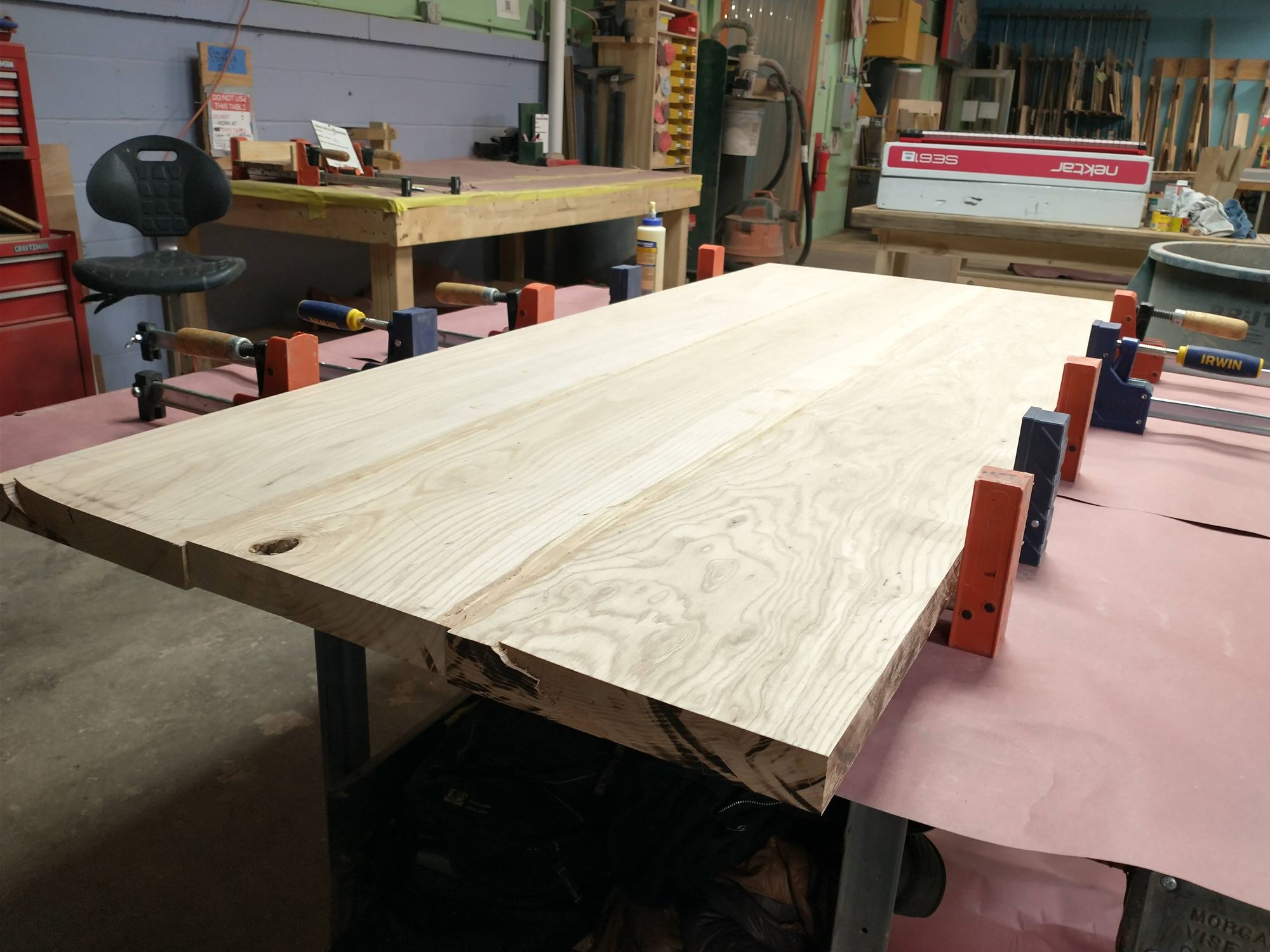
Now it's time to turn it into a musical instrument! You can read more details about how my organ works by reading this post:
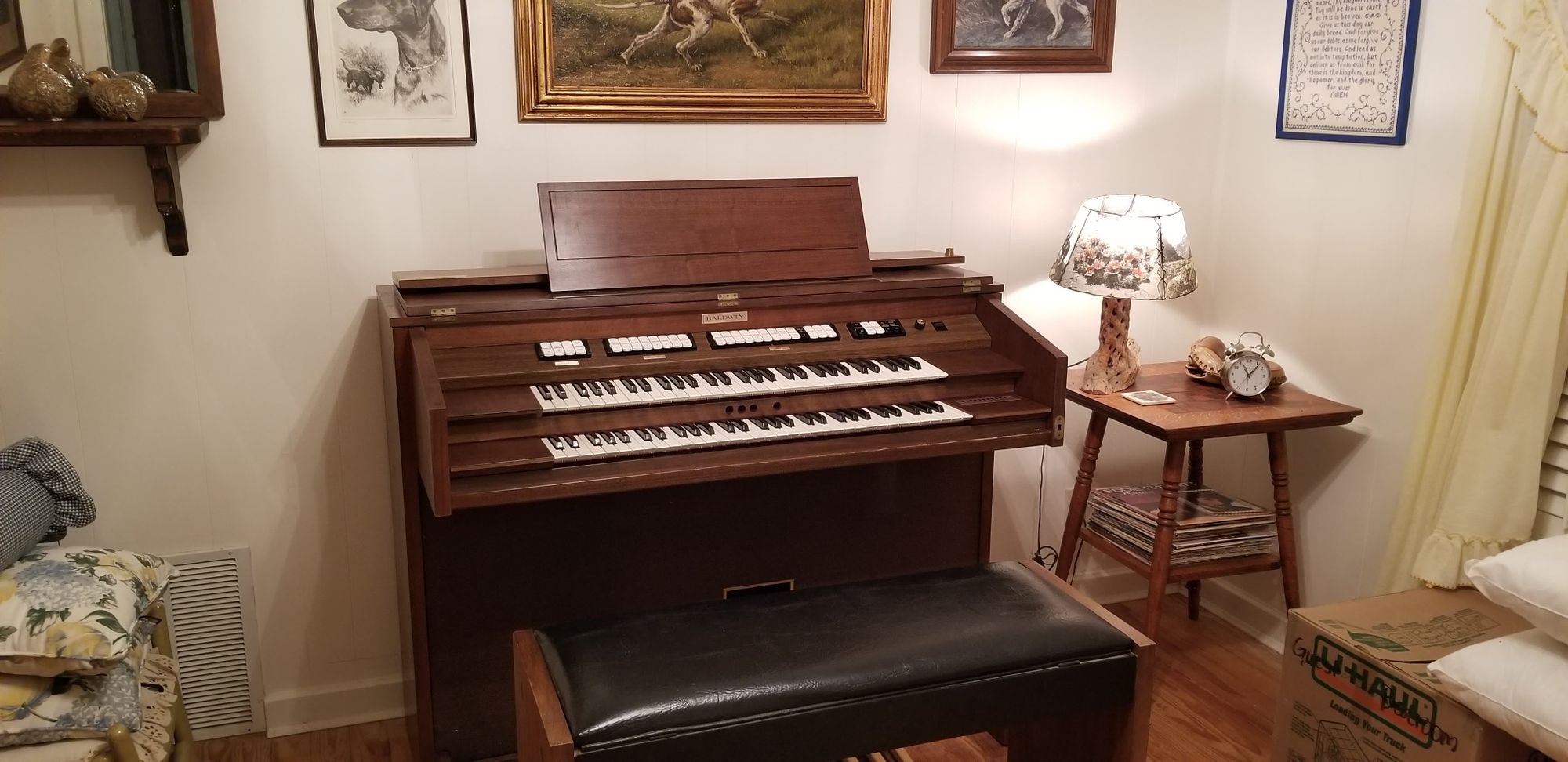
To summarize, my organ will be a moderately complex Musical Instrument Digital Interface controller (that is, a MIDI controller). Last time I made one of these organs, I wired the keyboards by hand (including the pedals). Since organs have 61 keys per keyboard and 32 keys on the pedalboard, that means I wired 61 x 2 + 32 = 154 keys by hand. Each key needs a switch and a diode in addition to its power and ground wires. That's a minimum of 6 solder joints per key for a minimum of 924 individual solder joints! Because of that large number, I decided it would be worth it to purchase pre-wired keyboards.
I shopped around online using this philosophy: get the cheapest thing that's good enough. The cheapest thing is the Nektar SE series of MIDI controllers. For 61 keys, they come in around $100 apiece (compared to about $500 - $600 for standard organ manuals). They had a few bells and whistles that needed to be cut off, but in the end, they were actually a huge upgrade from my current setup.
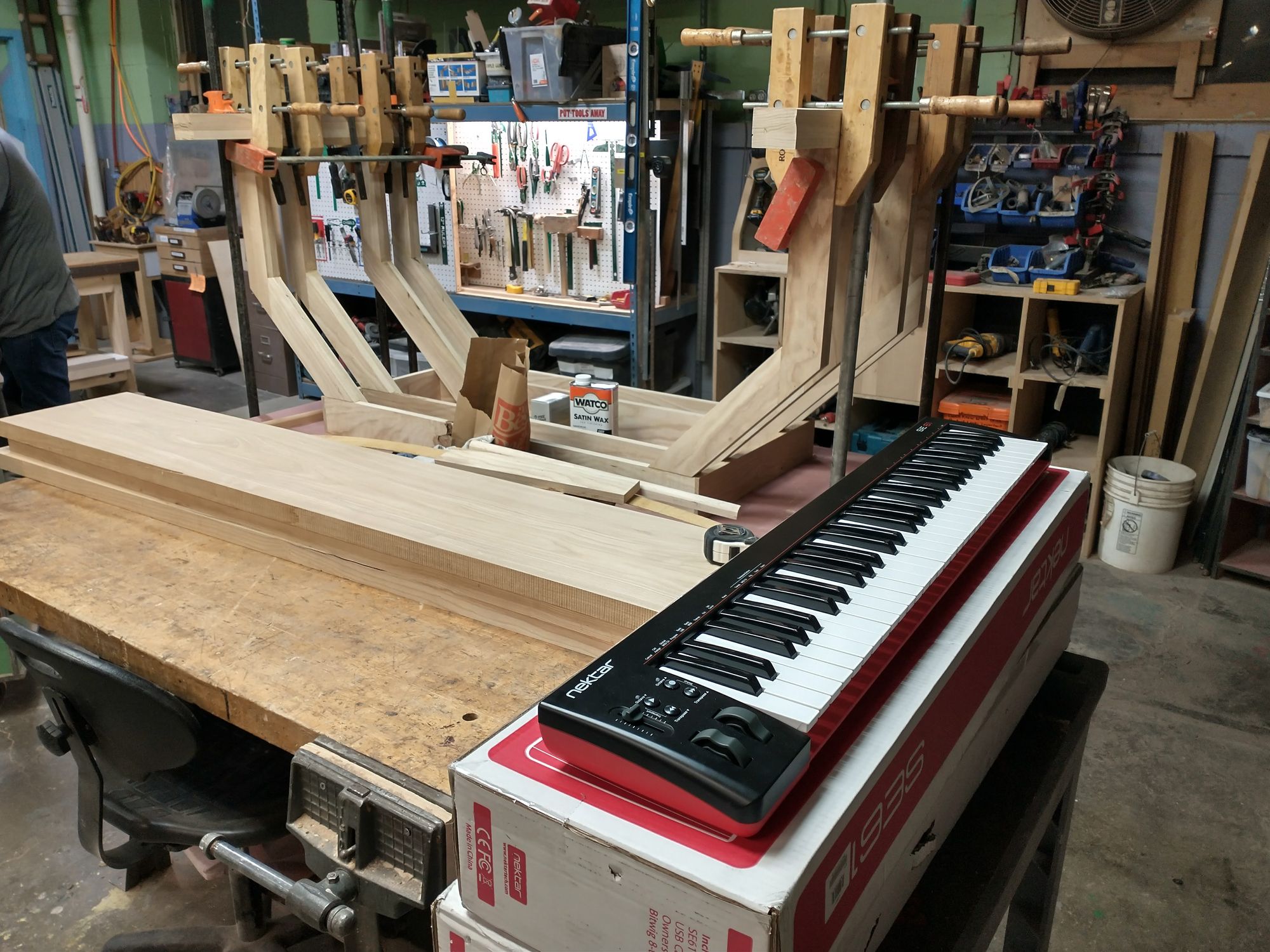
People often complain. In the case of online reviews for this MIDI controller, first complained that the keys aren't shaped like piano keys. In case you don't already know, pianos and organs have differently shaped keys. Here's a comparison:
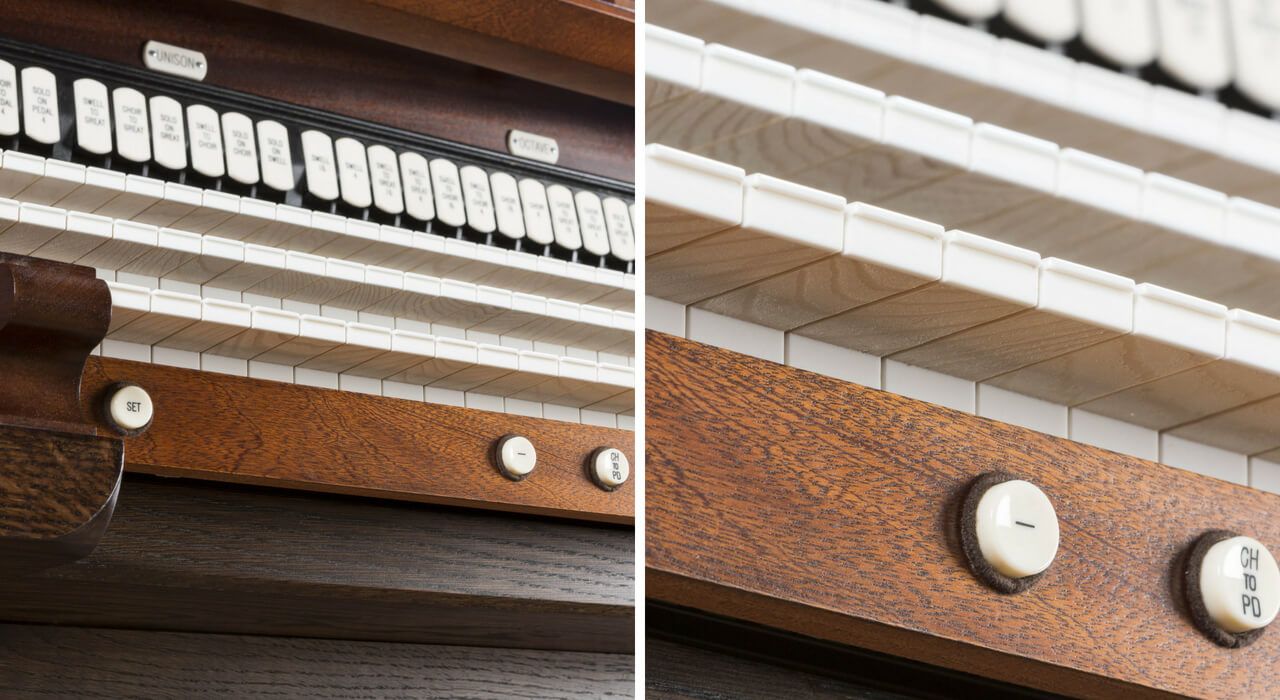
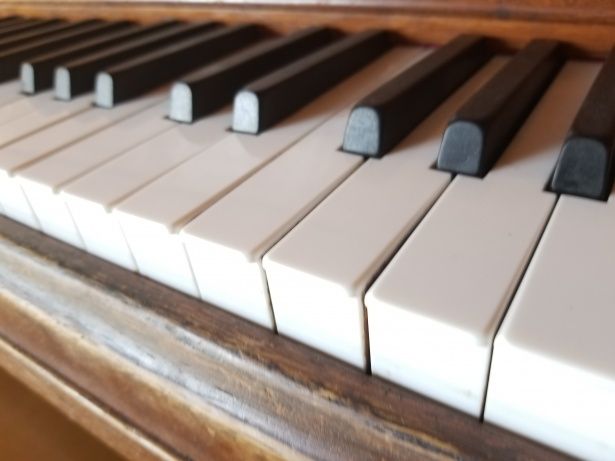
Note that organ keys usually become thinner toward their tips while piano keys keep a constant thickness. Now, only pianists would complain about key shape. Here's why:
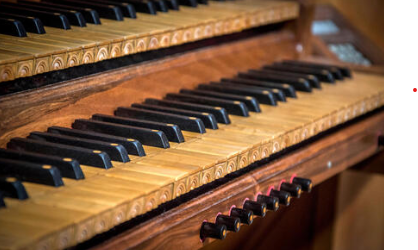
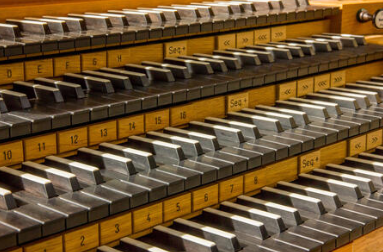
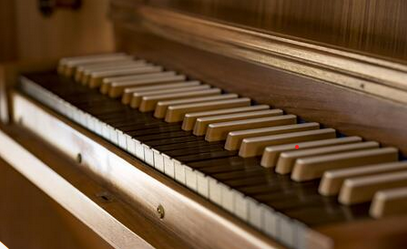
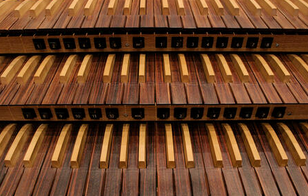

Organ keys come in all shapes, sizes, colors, and weights! Unlike a pianos, no two organs are alike. You just have to get used to it.
The next complaint is that it's not "weighted" like a piano. This leads me to ask, "Why on earth should it be weighted like a piano?" The organ is older and used this style of keyboard for centuries before the piano was even invented. I might complain that it's not weighted like an organ! But really, I don't need it to be weighted "like an organ" because every organ has a different weight and feel to the keys. Mine simply feels like the "linear spring" style of organ keys rather than the more traditional and conservative "tracker touch" style. It really makes no difference for my purposes.
Back to the topic of the Nektar SE MIDI controller, I was honestly expecting it to feel like a cheap piece of plastic. I was pleasantly surprised to find it feels very sturdy and quite well-made. It doesn't flex or bend when you move it and the plastic it's made from is thick, strong, and has a nice matte finish. I'm not sure how they made it so cheaply, but it's as good as or better quality than many full-fledged performance keyboards I've seen and used. I initially planned to return the controller if it was too cheap feeling, but instead I ordered two more!
They opened up easily and the keys came out lickity split:
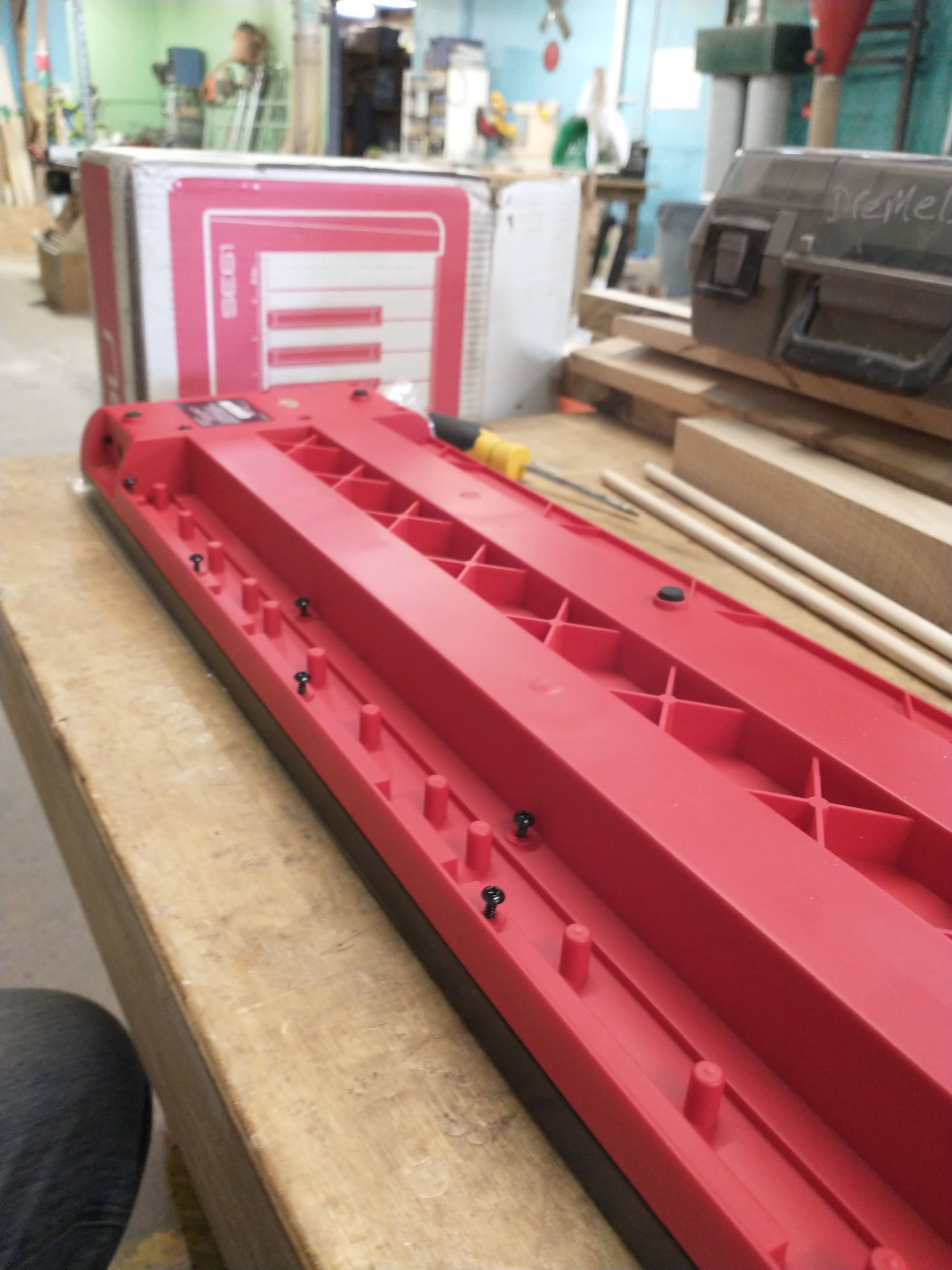
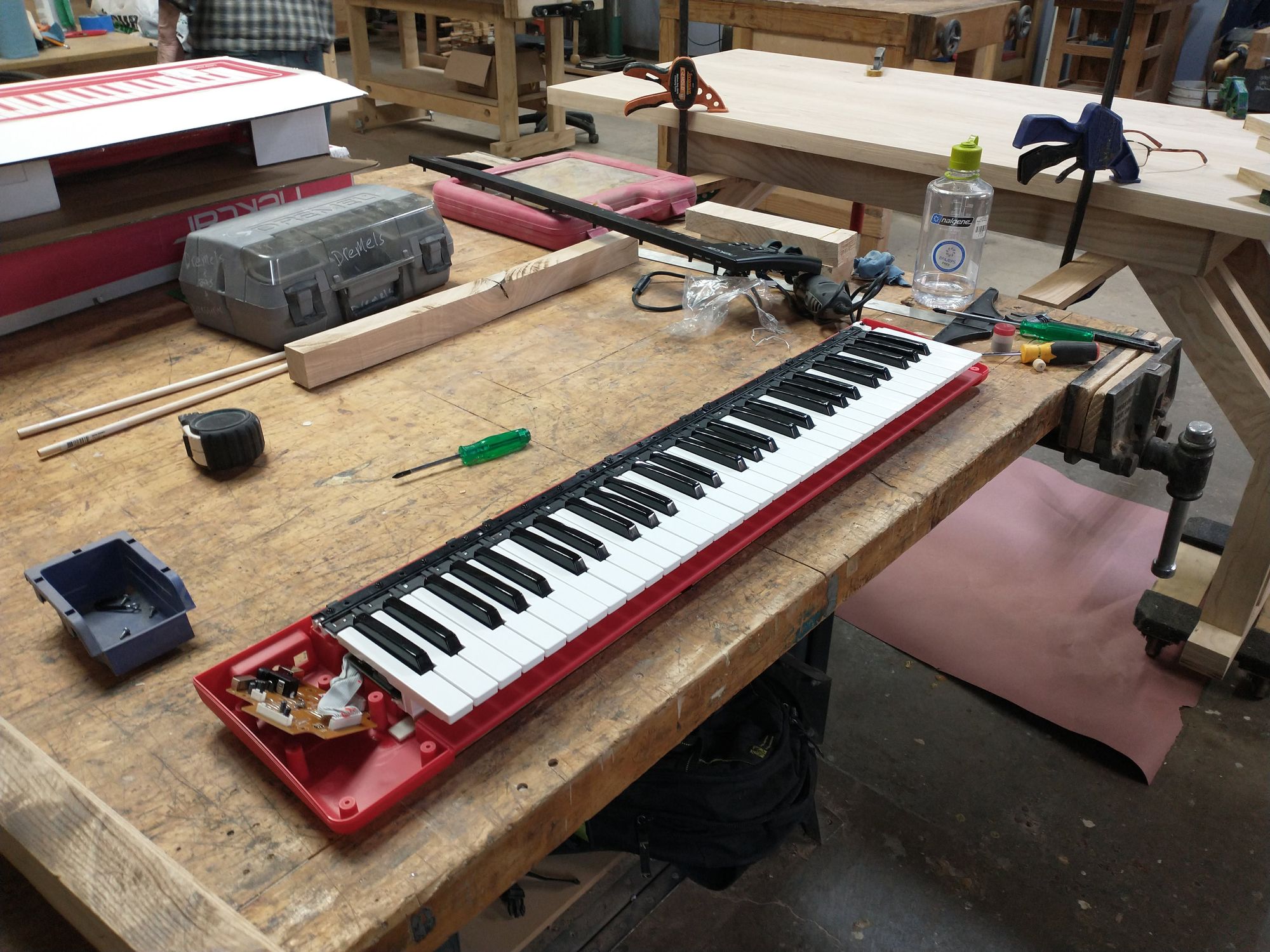
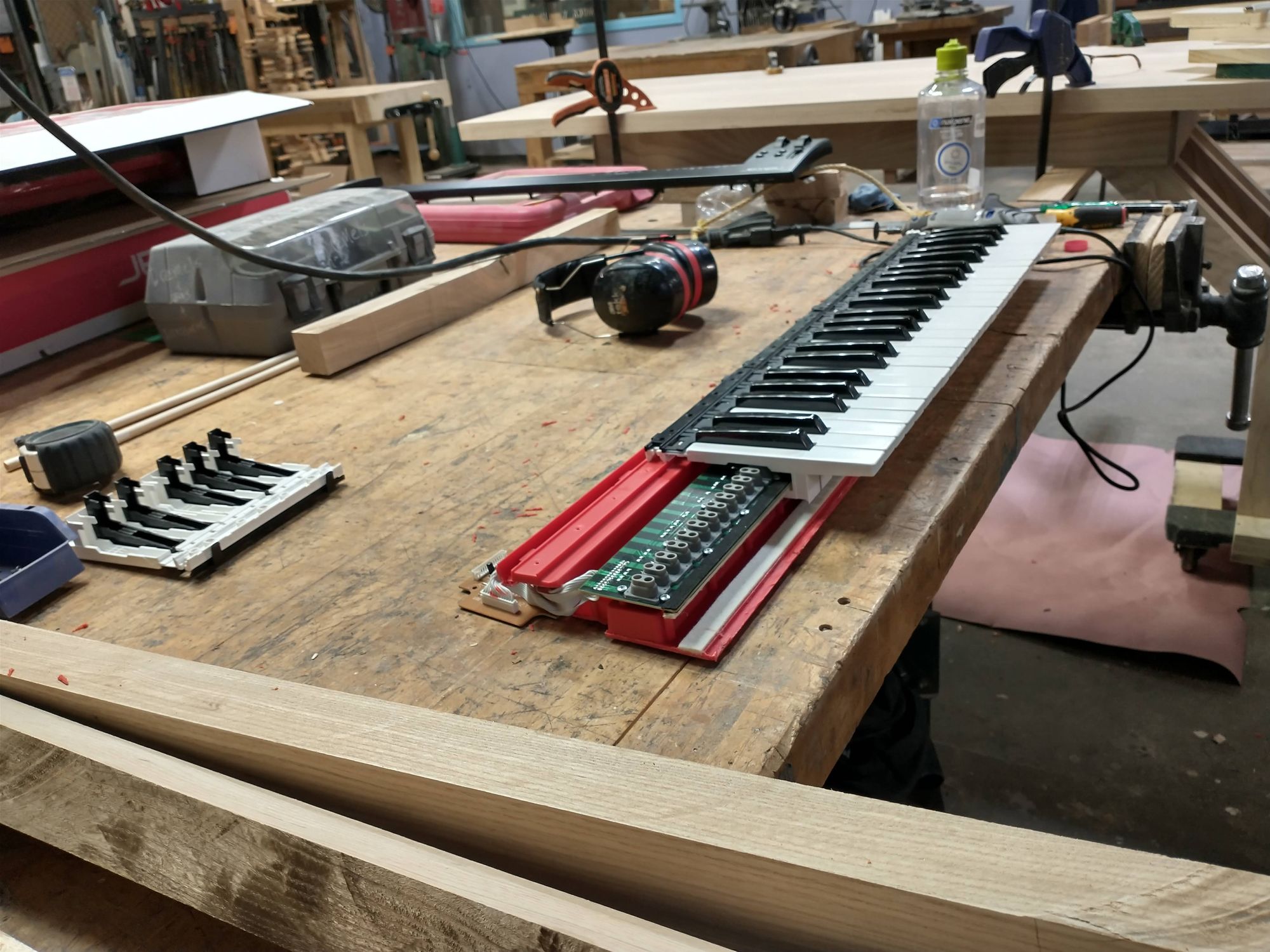
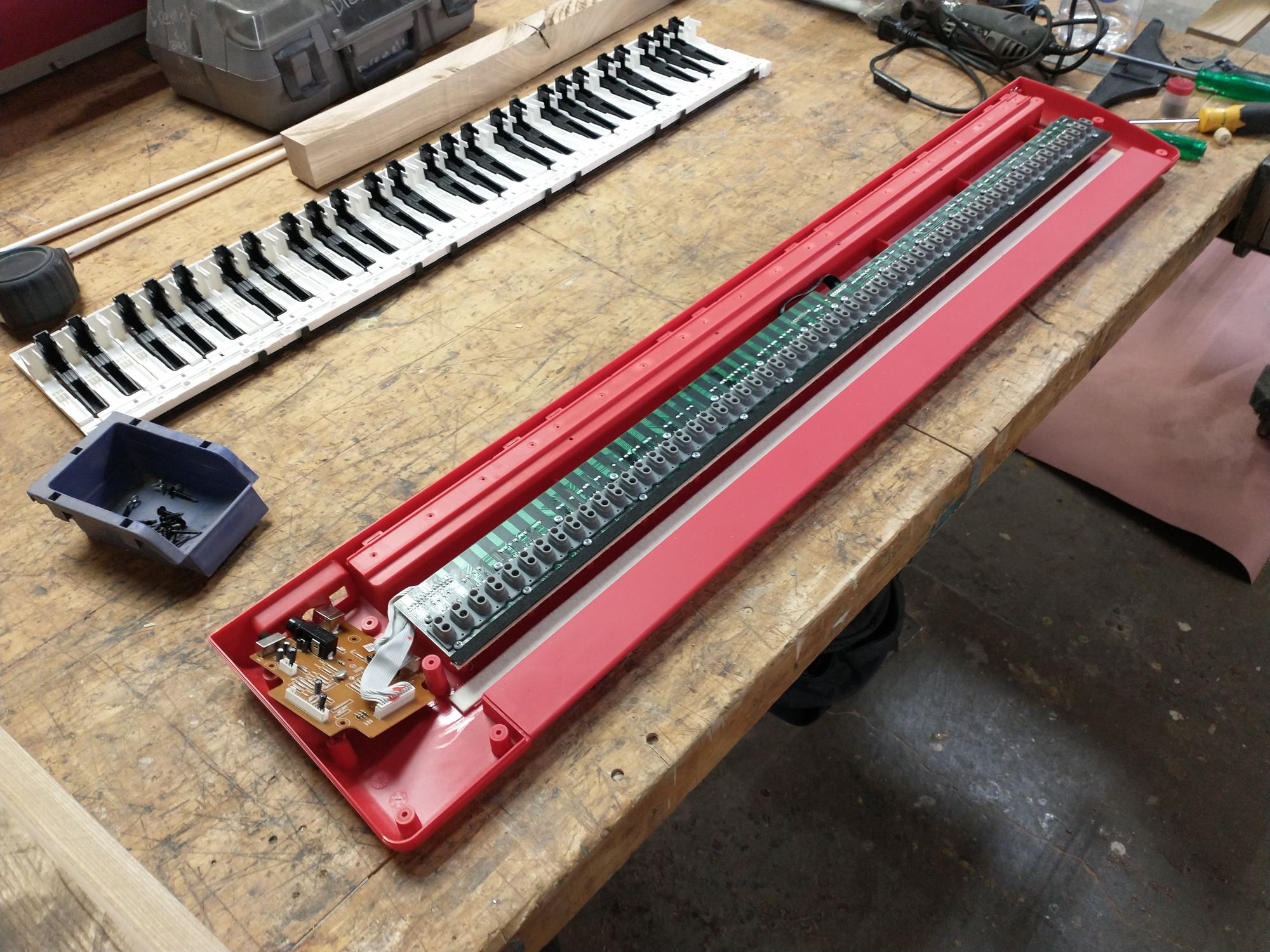
Next, I used a Dremel tool to cut away everything that wasn't structurally important to the function of the keys:
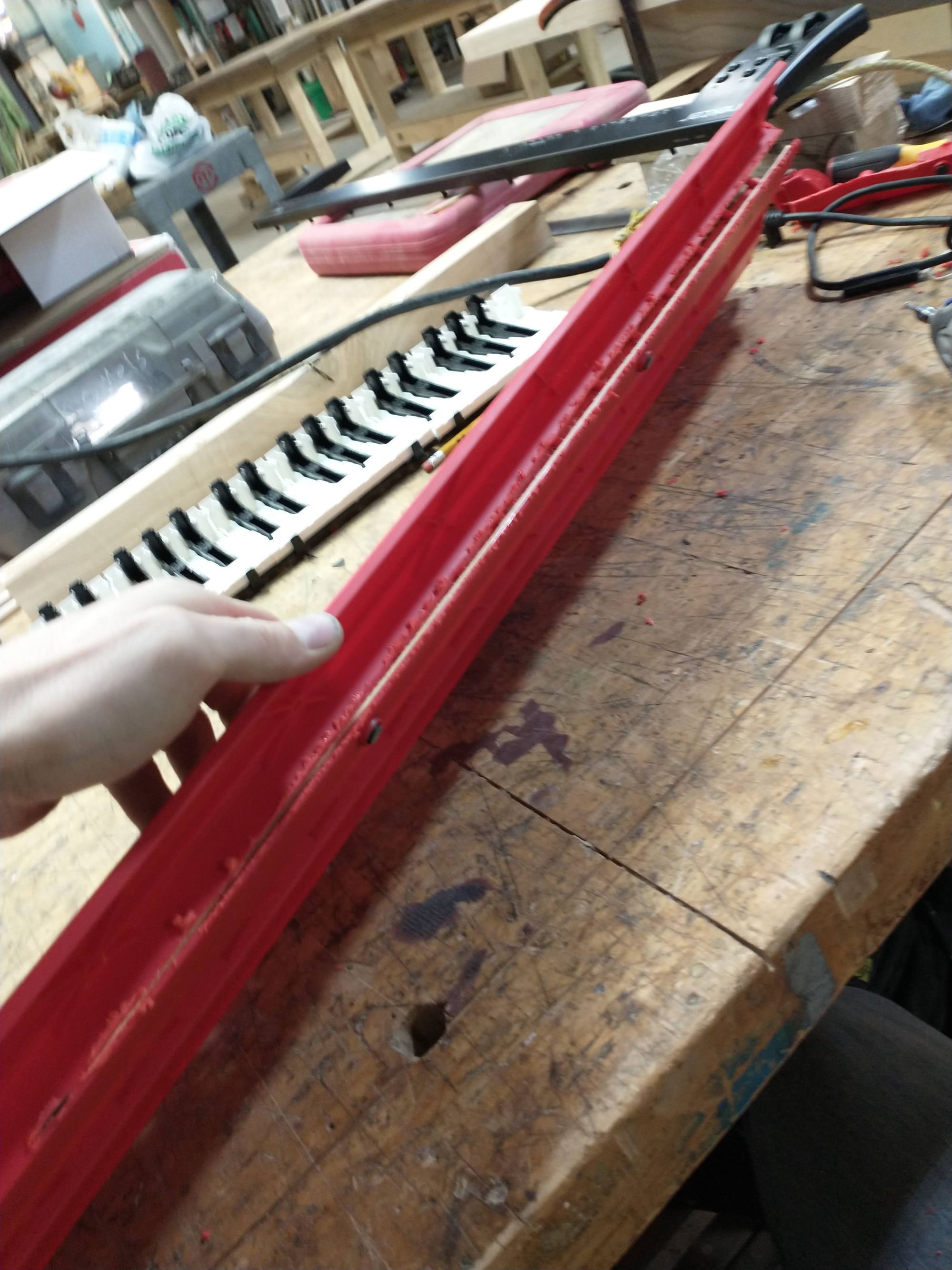
Finally, I made the "keycheeks" (the pieces of wood that hold the keys on either side):
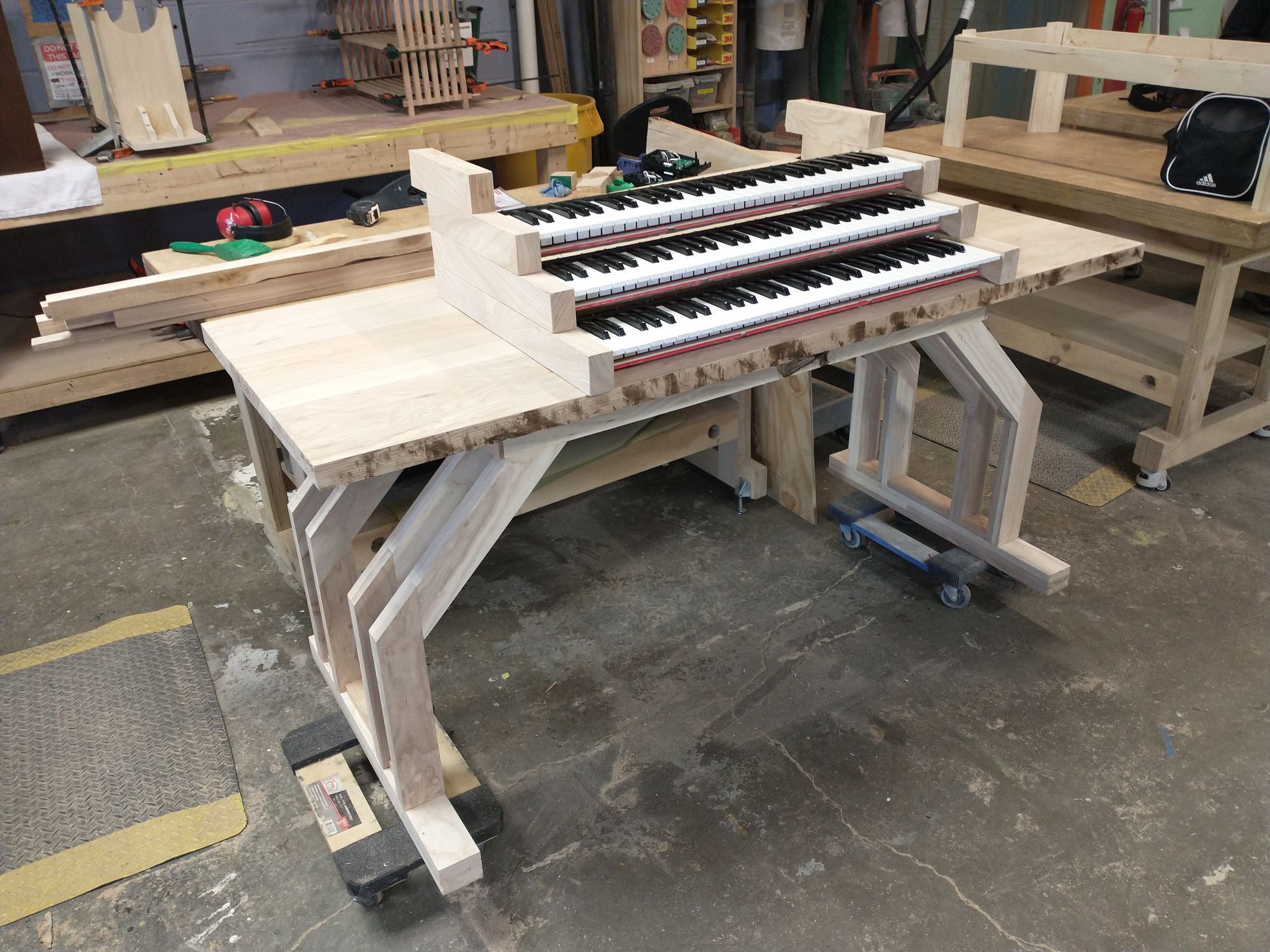
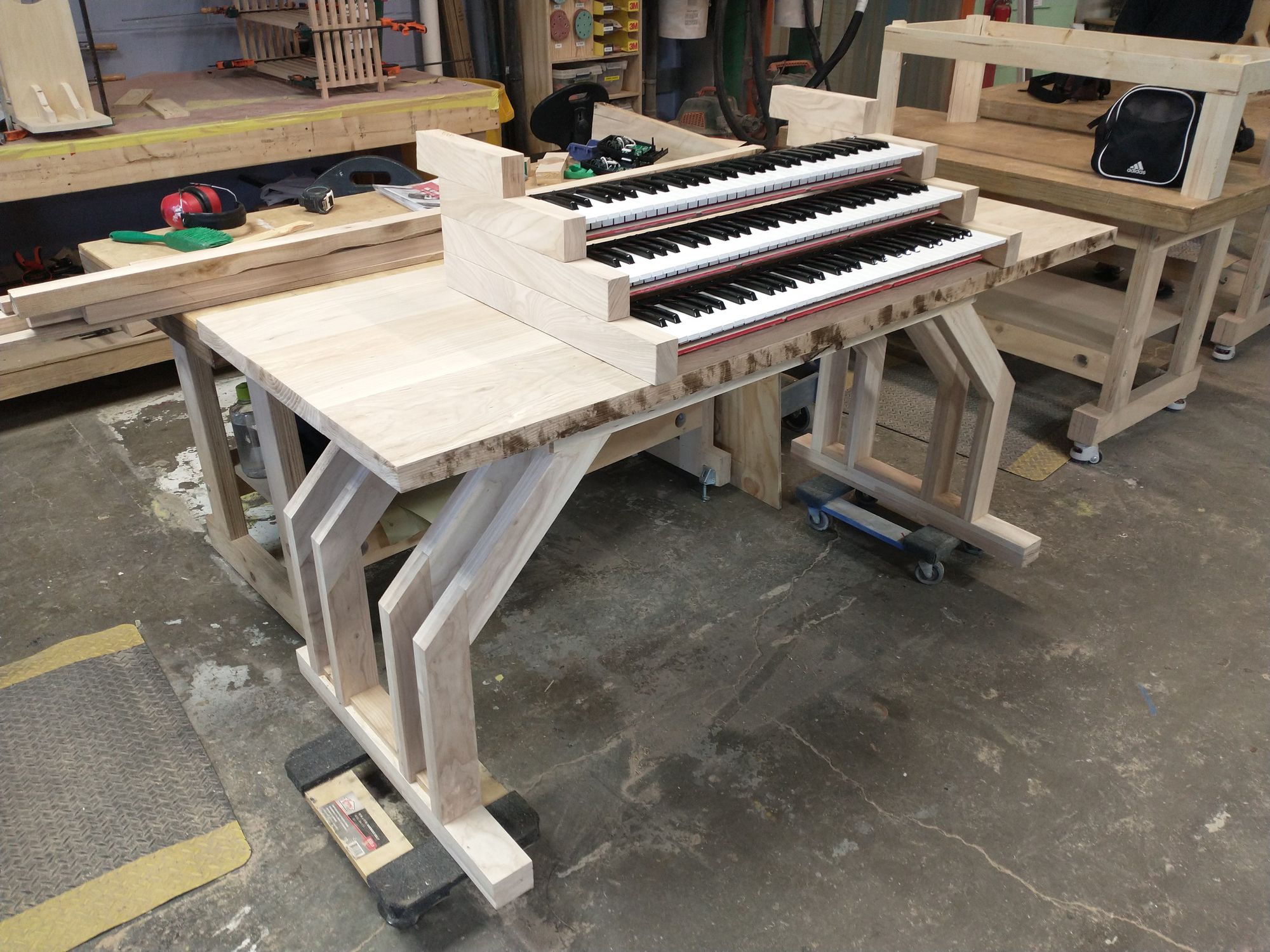
Here's what they looked like by the end of the day:
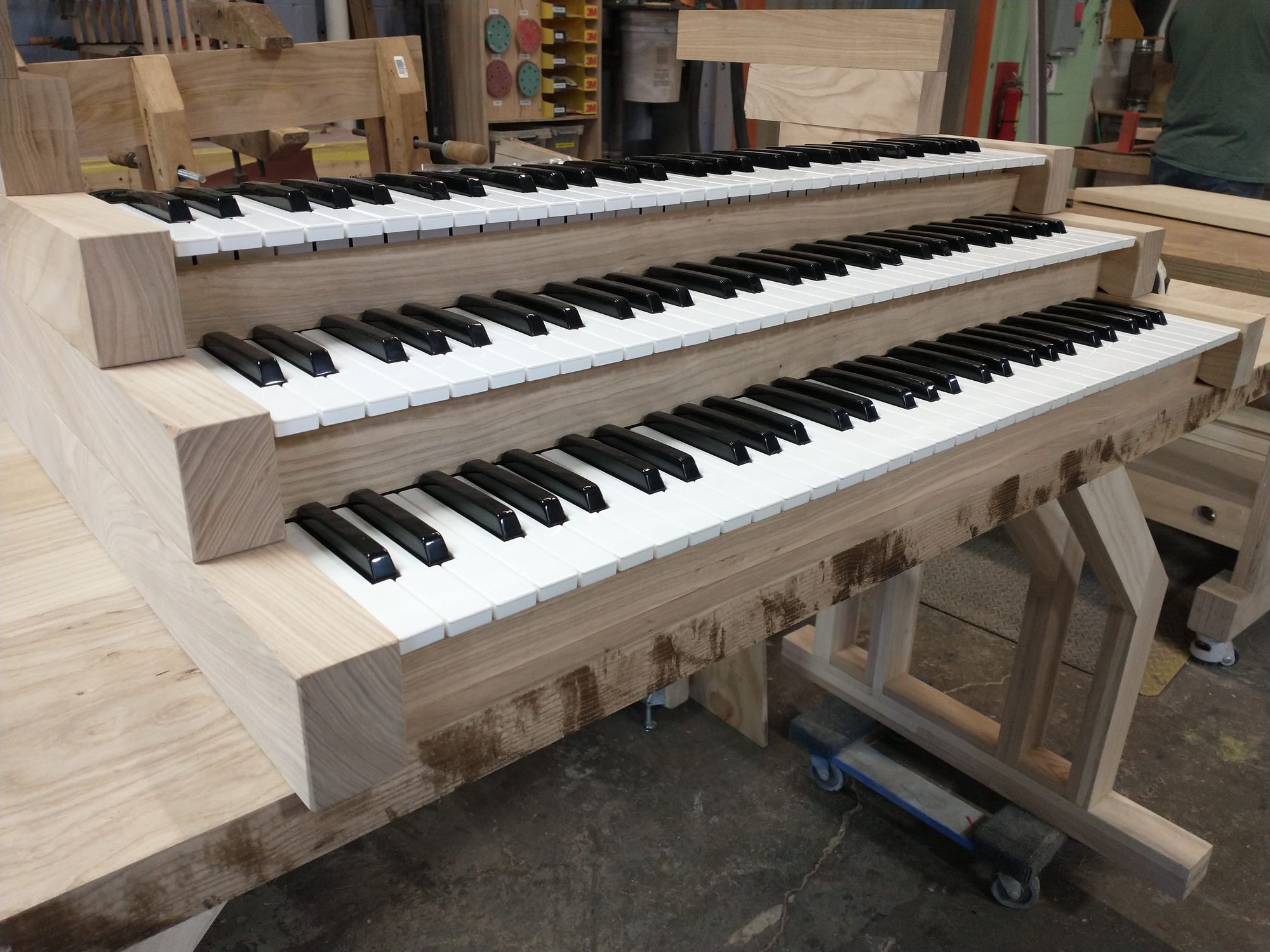
Not too shabby if I do say so myself!
Stay tuned for the next episode in this long saga! Next time, I'll make the music stand (which'll be a fun surprise) and maybe haul the whole thing home (with a lot of help)!
subscribe to get email updates and support my work
Click the link below or the subscribe button at the bottom of the page to support my work and get an email every time I make a new post!


